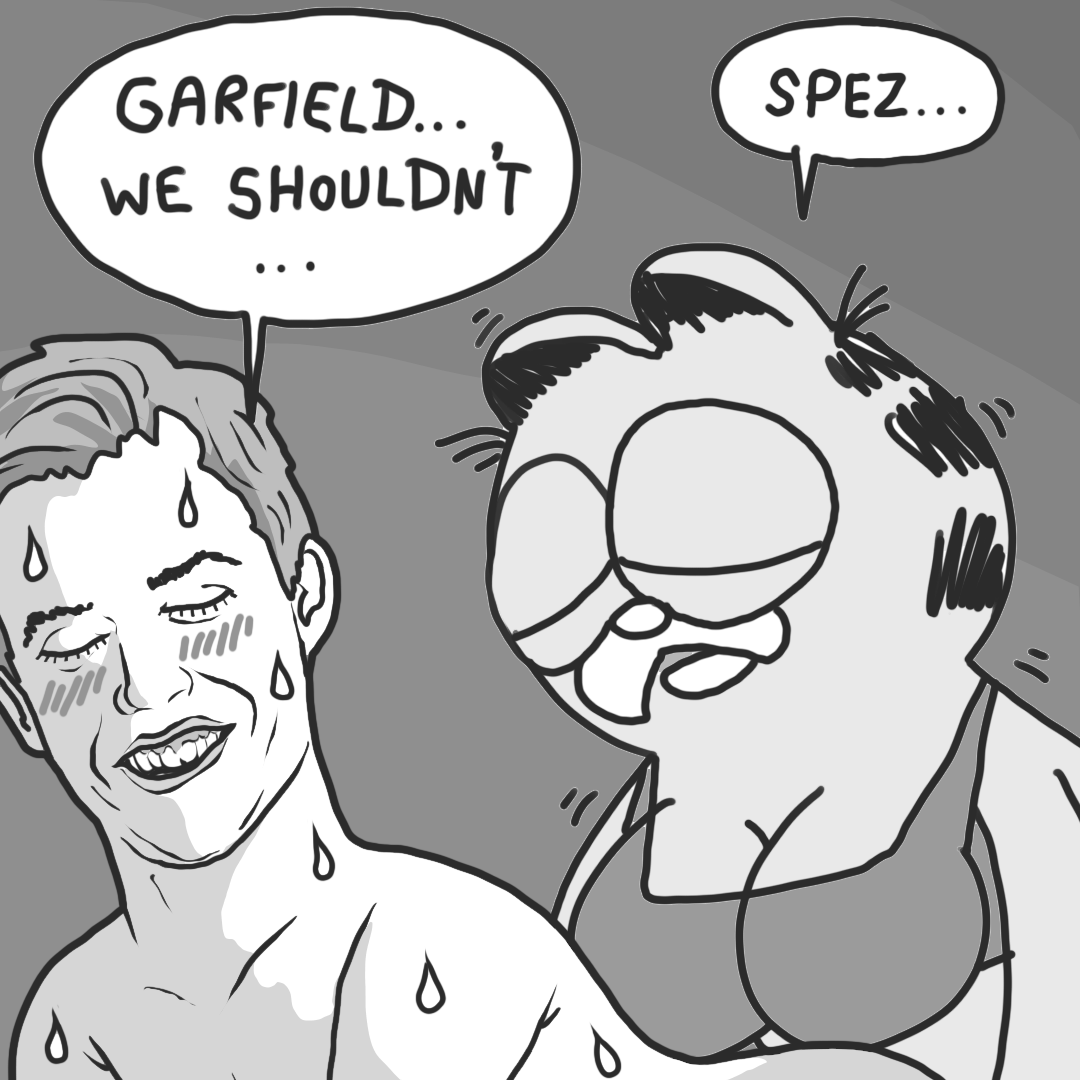Why is there such a big thing about prescription opioids when the addiction rate in less than 1% for those who have been prescribed for pain?


Is it really just because of the fentanyl situation? I know there is a huge disagreement with how the strict rules for prescribing opioids are so tight even for chronic pain patients like myself who can’t participate in life without em struggle to find a provider who is willing to prescribe us them.
You are viewing a single comment
Your 1% figure comes from misrepresentation of a 'study', pushed by Purdue and others for criminal gain.
The One-Paragraph Letter From 1980 That Fueled the Opioid Crisis
Don't get me wrong, pain is miserable and treatment needs to be better. But around 80% of opioid addictions start with prescriptions for people in genuine pain. What percentage of prescriptees that is, I don't know. But it's not a trivial issue, and it is a very difficult problem to solve.
I have a friend who is in school for being a nurse and she had an exam and one of the questions was about this percentage which is why I brought this up. She told me since she knows I’m on em. Is this school just completely in the wrong then for teaching this to nursing students and I’m sure doctors etc?
I linked an article about how that stat became widely cited, based on almost nothing. It's not uncommon in medicine, especially when it suits Pharma. I teach medical students and the first thing we teach them is that half the course will be out of date by the time they graduate and the other half is already out of date.
That's not to say that addiction rates can't be kept very low with responsible prescribing and there's nothing wrong with reassuring patients who may be concerned about swapping one problem for another. But this particular factoid was cultivated by drug companies wanting to encourage irresponsible prescribing. And they succeeded.
There's a brilliant drama on Disney/Hulu called Dopesick which tells the story (including of this statistic). It's an excellent, and enraging, watch.
Thanks for your input, appreciate it